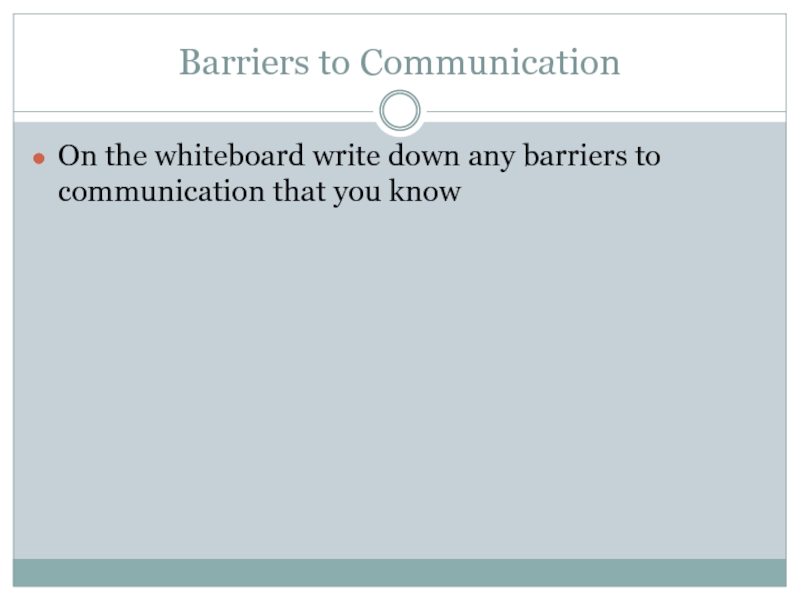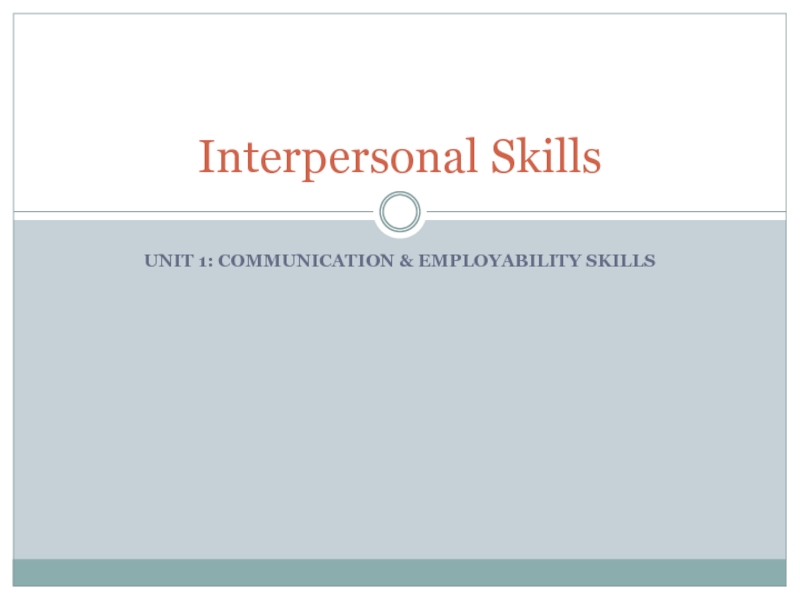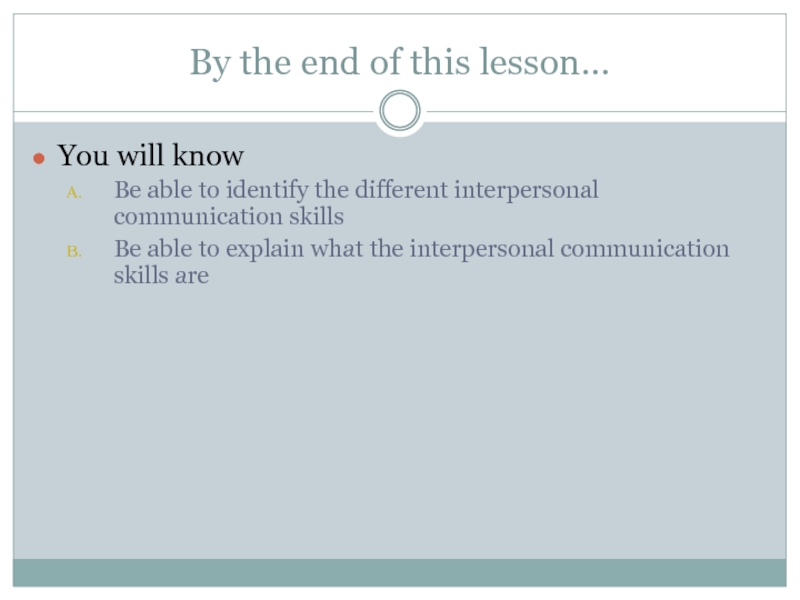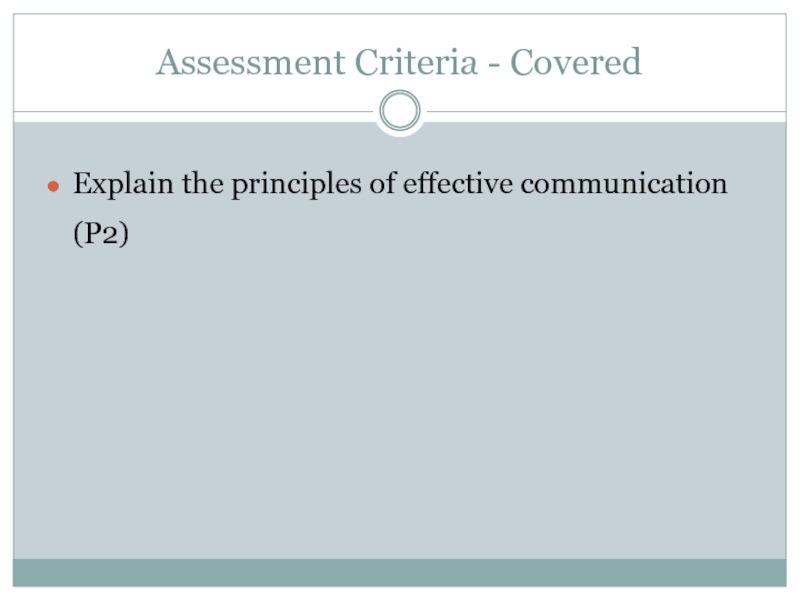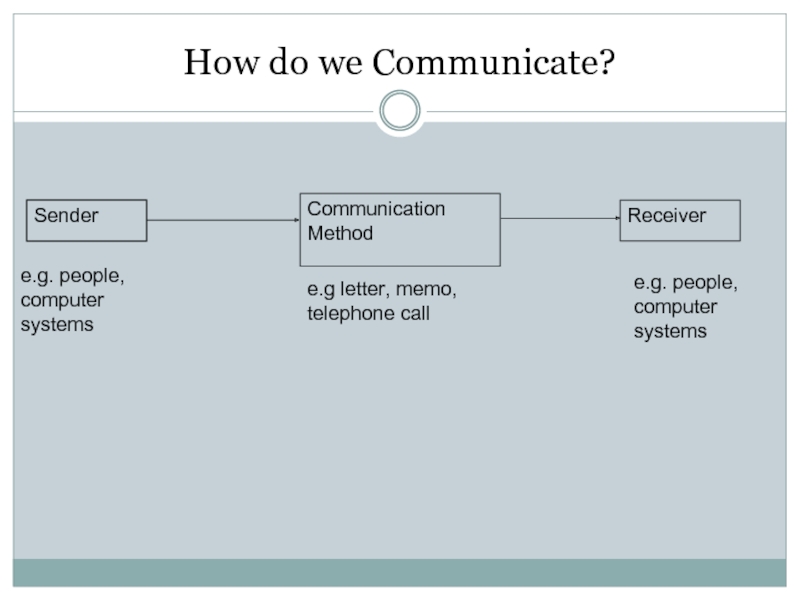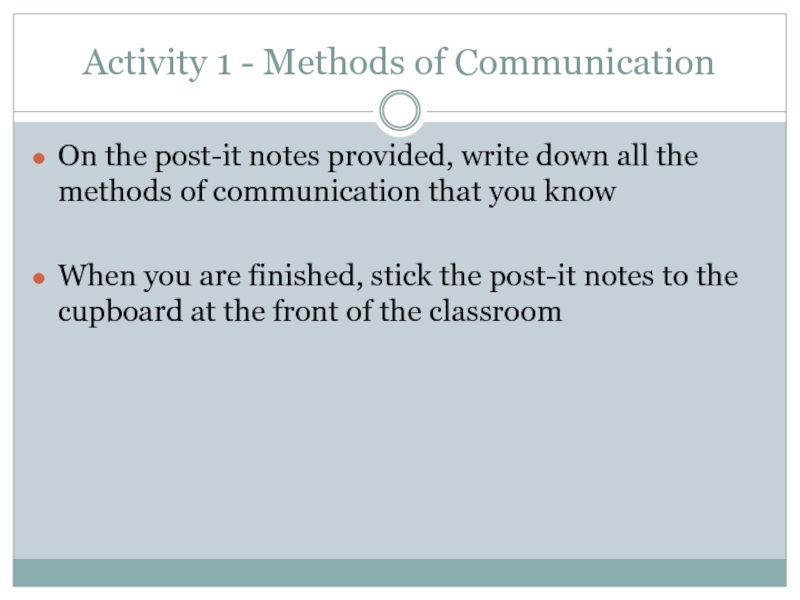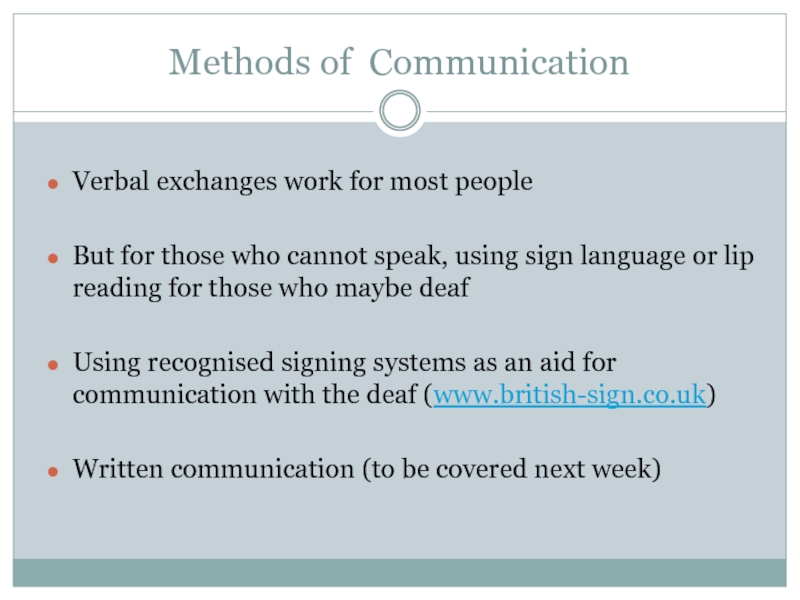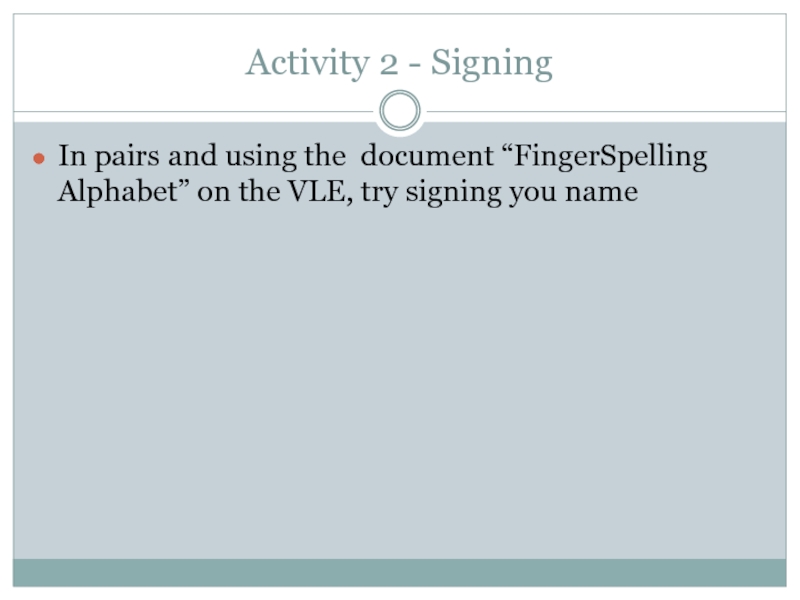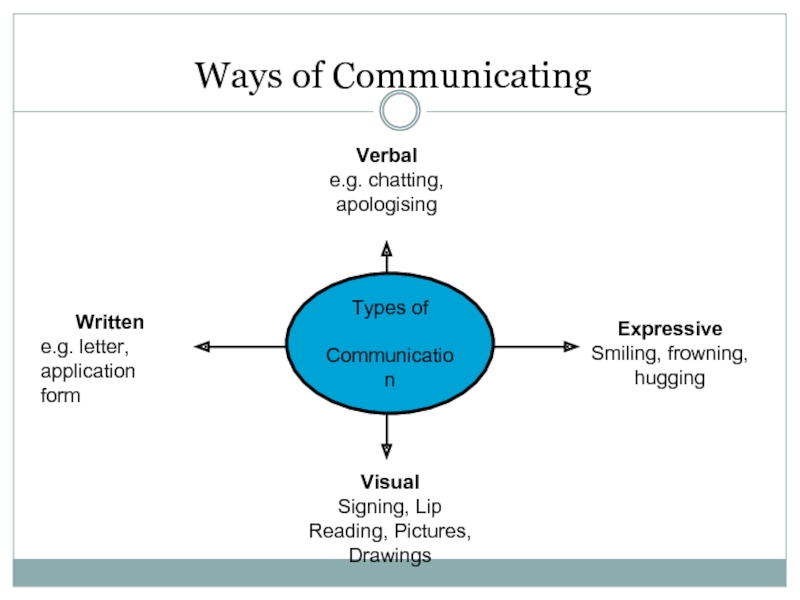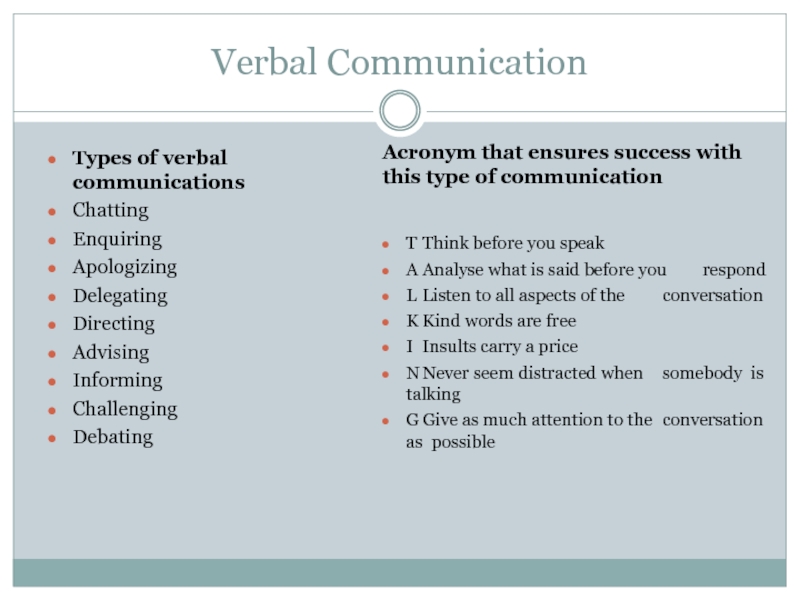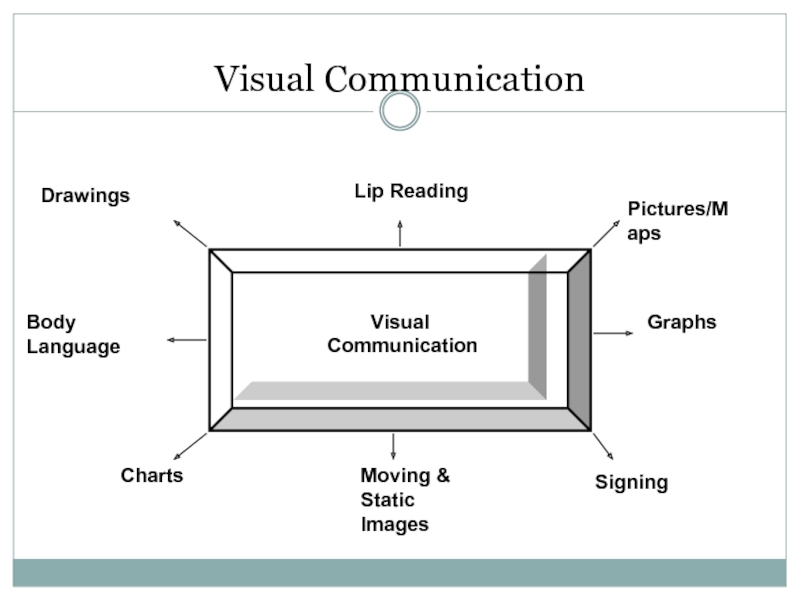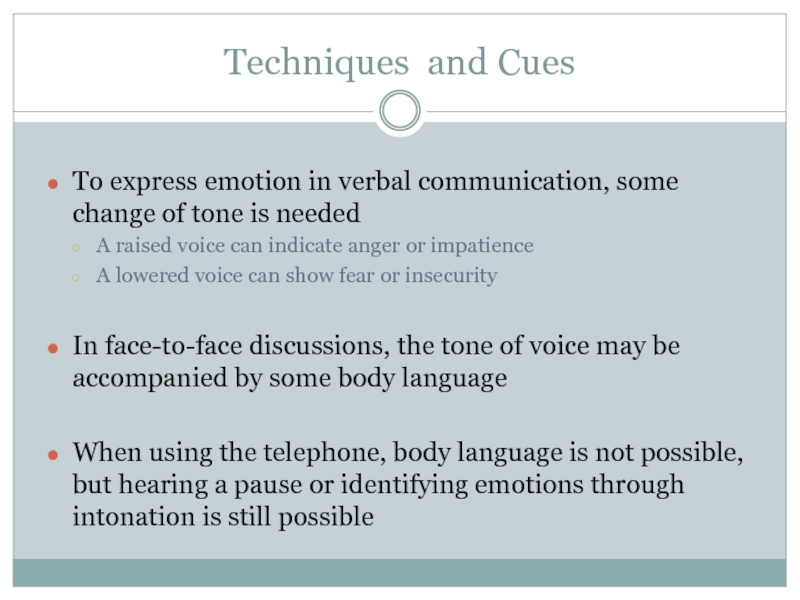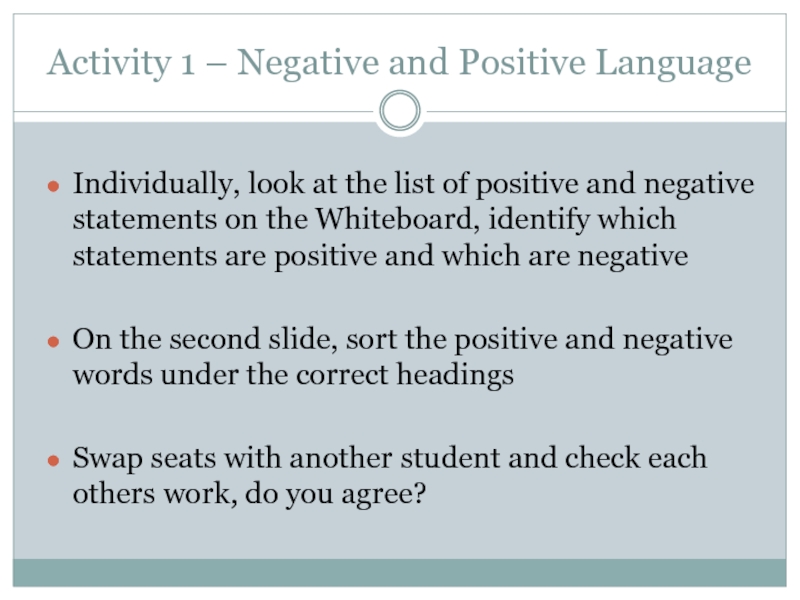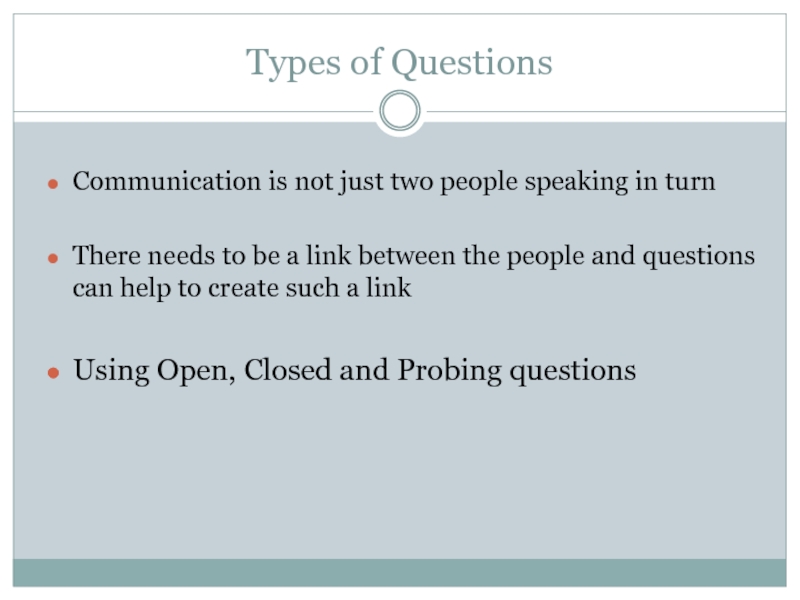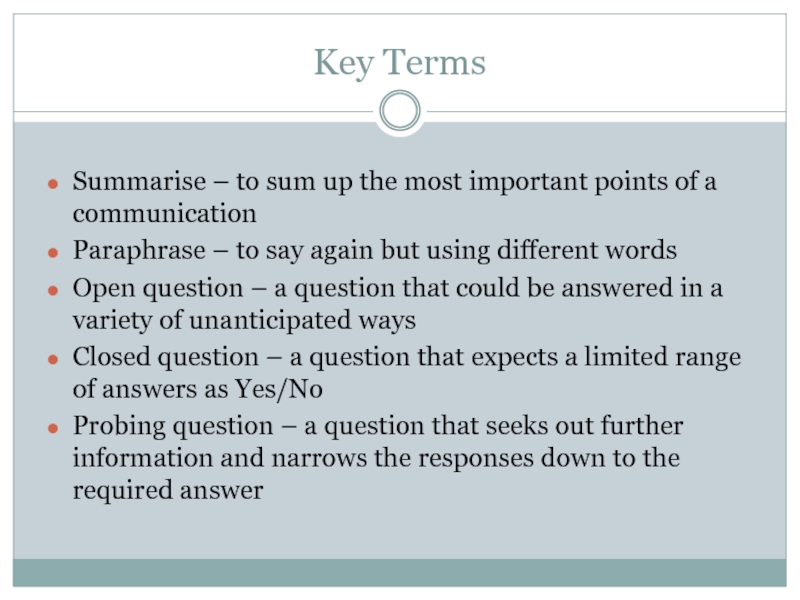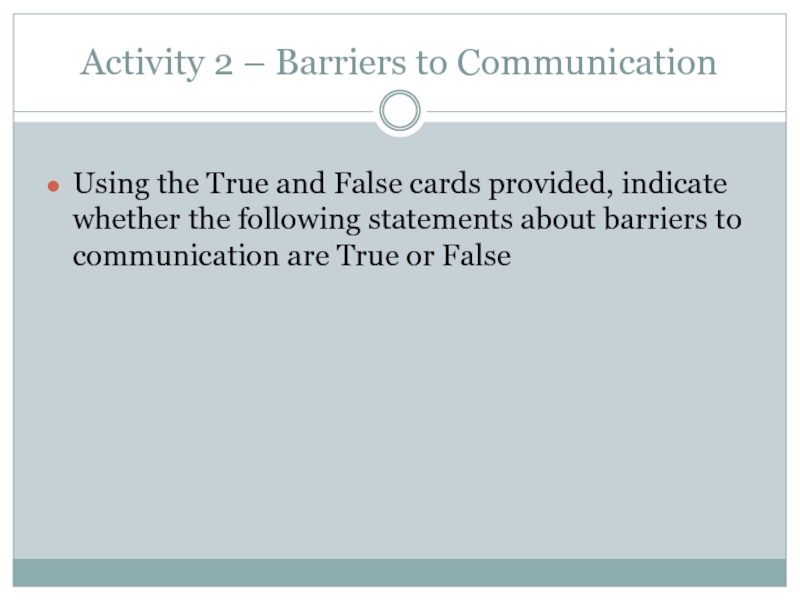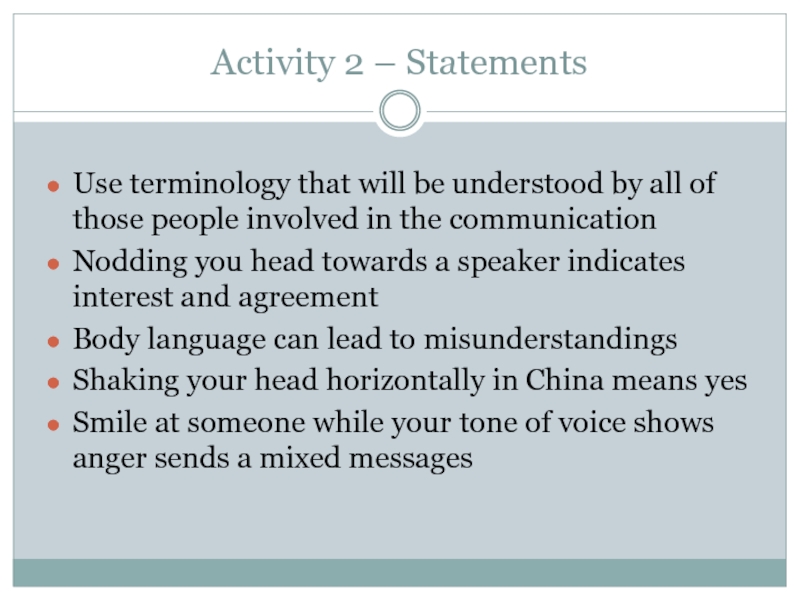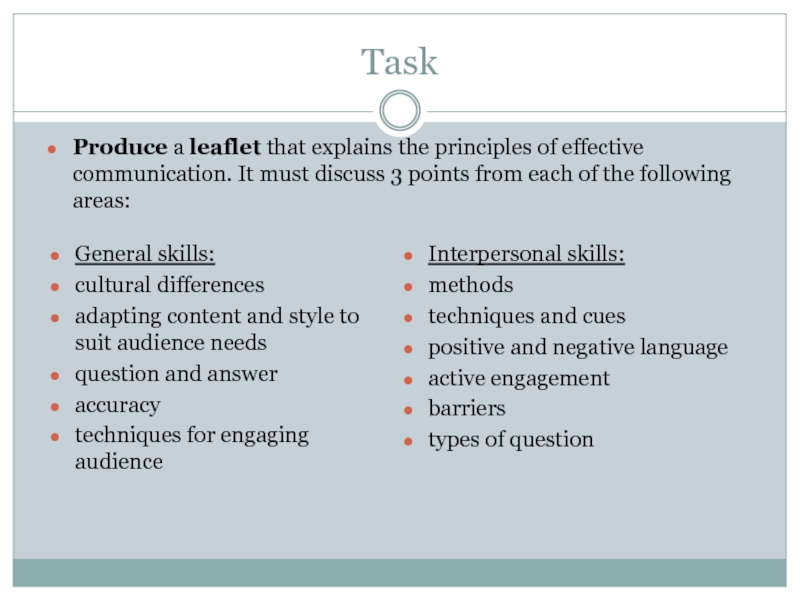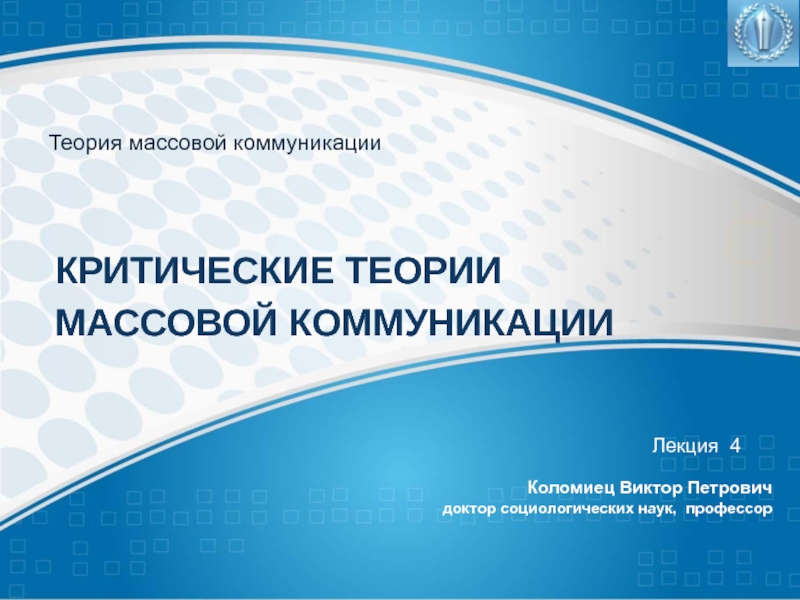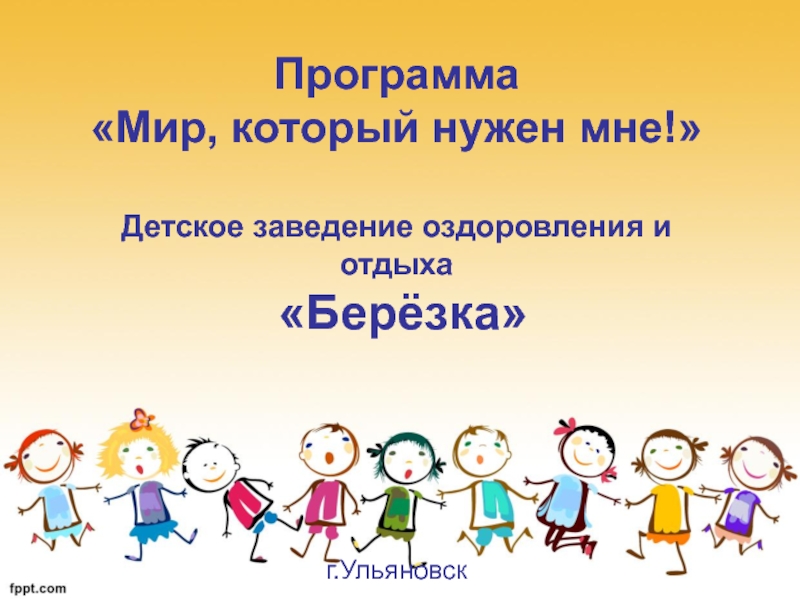- Главная
- Разное
- Дизайн
- Бизнес и предпринимательство
- Аналитика
- Образование
- Развлечения
- Красота и здоровье
- Финансы
- Государство
- Путешествия
- Спорт
- Недвижимость
- Армия
- Графика
- Культурология
- Еда и кулинария
- Лингвистика
- Английский язык
- Астрономия
- Алгебра
- Биология
- География
- Детские презентации
- Информатика
- История
- Литература
- Маркетинг
- Математика
- Медицина
- Менеджмент
- Музыка
- МХК
- Немецкий язык
- ОБЖ
- Обществознание
- Окружающий мир
- Педагогика
- Русский язык
- Технология
- Физика
- Философия
- Химия
- Шаблоны, картинки для презентаций
- Экология
- Экономика
- Юриспруденция
Barriers to communication. Interpersonal skills презентация
Содержание
- 1. Barriers to communication. Interpersonal skills
- 2. UNIT 1: COMMUNICATION & EMPLOYABILITY SKILLS Interpersonal Skills
- 3. By the end of this lesson… You
- 4. Assessment Criteria - Covered Explain the principles of effective communication (P2)
- 5. How do we Communicate? Sender Communication Method
- 6. Activity 1 - Methods of Communication On
- 7. Methods of Communication Verbal exchanges work for
- 8. Activity 2 - Signing In pairs and
- 9. Ways of Communicating Types of Communication
- 10. Verbal Communication Types of verbal communications Chatting
- 11. Visual Communication Visual Communication
- 12. Techniques and Cues To express emotion in
- 13. Activity 1 – Negative and Positive Language
- 14. Active Engagement Communication doesn’t just happen when
- 15. Types of Questions Communication is not just
- 16. Speed of Response Questions can be answered
- 17. Key Terms Summarise – to sum up
- 18. Activity 2 – Barriers to Communication Using
- 19. Activity 2 – Statements Use terminology that
- 20. Task General skills: cultural differences adapting content
- 21. Plenary
Слайд 1Barriers to Communication
On the whiteboard write down any barriers to communication
Слайд 3By the end of this lesson…
You will know
Be able to identify
Be able to explain what the interpersonal communication skills are
Слайд 5How do we Communicate?
Sender
Communication Method
Receiver
e.g. people, computer systems
e.g letter, memo, telephone
e.g. people, computer systems
Слайд 6Activity 1 - Methods of Communication
On the post-it notes provided, write
When you are finished, stick the post-it notes to the cupboard at the front of the classroom
Слайд 7Methods of Communication
Verbal exchanges work for most people
But for those who
Using recognised signing systems as an aid for communication with the deaf (www.british-sign.co.uk)
Written communication (to be covered next week)
Слайд 8Activity 2 - Signing
In pairs and using the document “FingerSpelling Alphabet”
Слайд 9Ways of Communicating
Types of
Communication
Verbal
e.g. chatting, apologising
Written
e.g. letter, application form
Visual
Signing,
Expressive
Smiling, frowning, hugging
Слайд 10Verbal Communication
Types of verbal communications
Chatting
Enquiring
Apologizing
Delegating
Directing
Advising
Informing
Challenging
Debating
T Think before you speak
A Analyse what is said
L Listen to all aspects of the conversation
K Kind words are free
I Insults carry a price
N Never seem distracted when somebody is talking
G Give as much attention to the conversation as possible
Acronym that ensures success with this type of communication
Слайд 11Visual Communication
Visual
Communication
Charts
Body Language
Drawings
Moving & Static Images
Lip Reading
Pictures/Maps
Graphs
Signing
Слайд 12Techniques and Cues
To express emotion in verbal communication, some change of
A raised voice can indicate anger or impatience
A lowered voice can show fear or insecurity
In face-to-face discussions, the tone of voice may be accompanied by some body language
When using the telephone, body language is not possible, but hearing a pause or identifying emotions through intonation is still possible
Слайд 13Activity 1 – Negative and Positive Language
Individually, look at the list
On the second slide, sort the positive and negative words under the correct headings
Swap seats with another student and check each others work, do you agree?
Слайд 14Active Engagement
Communication doesn’t just happen when you are speaking
You can and
By paying attention and reacting to what the other person is saying, for example, with a nod or a frown
Слайд 15Types of Questions
Communication is not just two people speaking in turn
There
Using Open, Closed and Probing questions
Слайд 16Speed of Response
Questions can be answered in a number of ways
Quickly
Slowly after what looks like consideration of all the issues
Something in between or not at all
Answering a question with a question is a delaying tactic that is often used in discussions
Repeating the question back to the questioner is another delaying tactic that sometimes works
Слайд 17Key Terms
Summarise – to sum up the most important points of
Paraphrase – to say again but using different words
Open question – a question that could be answered in a variety of unanticipated ways
Closed question – a question that expects a limited range of answers as Yes/No
Probing question – a question that seeks out further information and narrows the responses down to the required answer
Слайд 18Activity 2 – Barriers to Communication
Using the True and False cards
Слайд 19Activity 2 – Statements
Use terminology that will be understood by all
Nodding you head towards a speaker indicates interest and agreement
Body language can lead to misunderstandings
Shaking your head horizontally in China means yes
Smile at someone while your tone of voice shows anger sends a mixed messages
Слайд 20Task
General skills:
cultural differences
adapting content and style to suit audience needs
question and
accuracy
techniques for engaging audience
Produce a leaflet that explains the principles of effective communication. It must discuss 3 points from each of the following areas:
Interpersonal skills:
methods
techniques and cues
positive and negative language
active engagement
barriers
types of question
